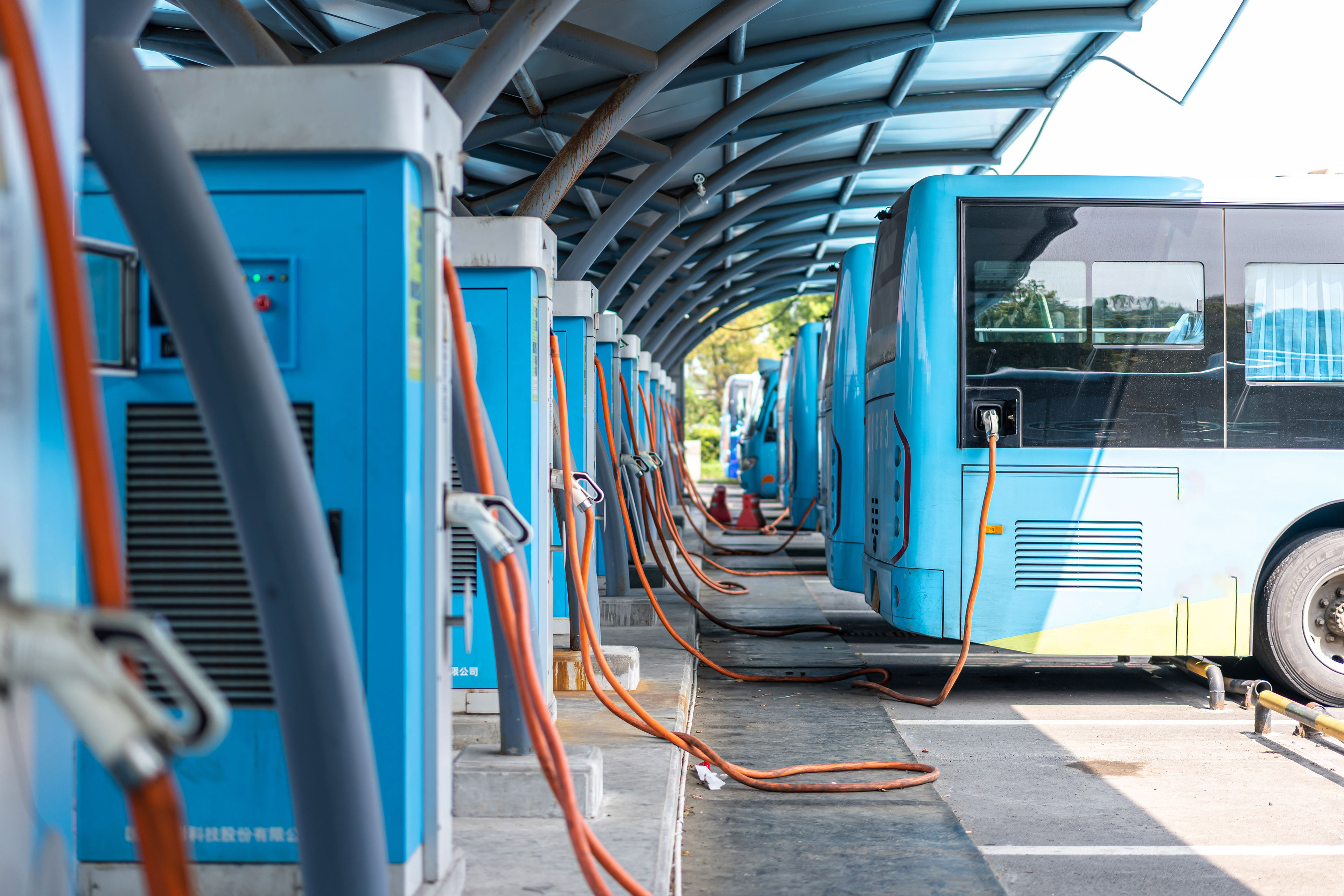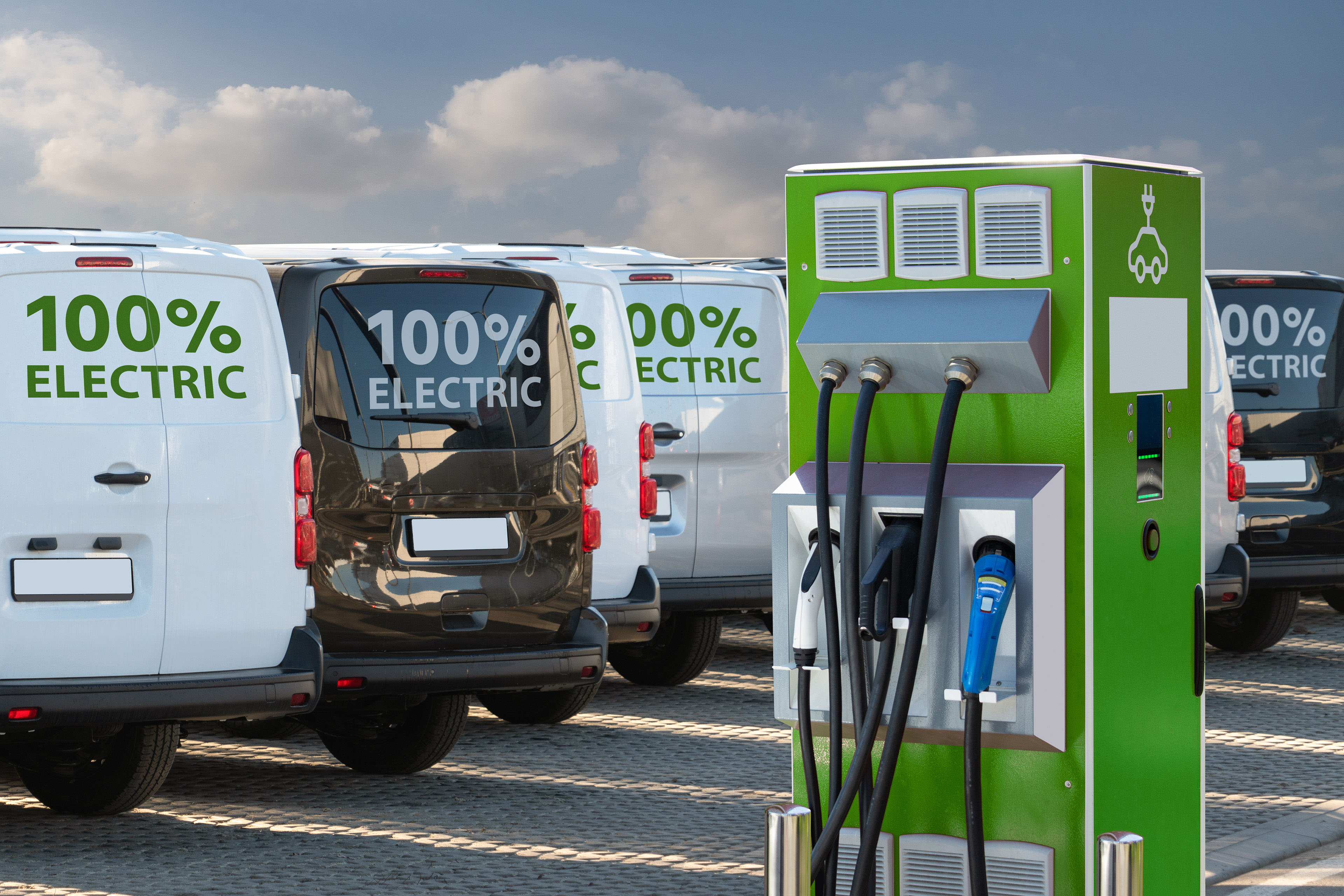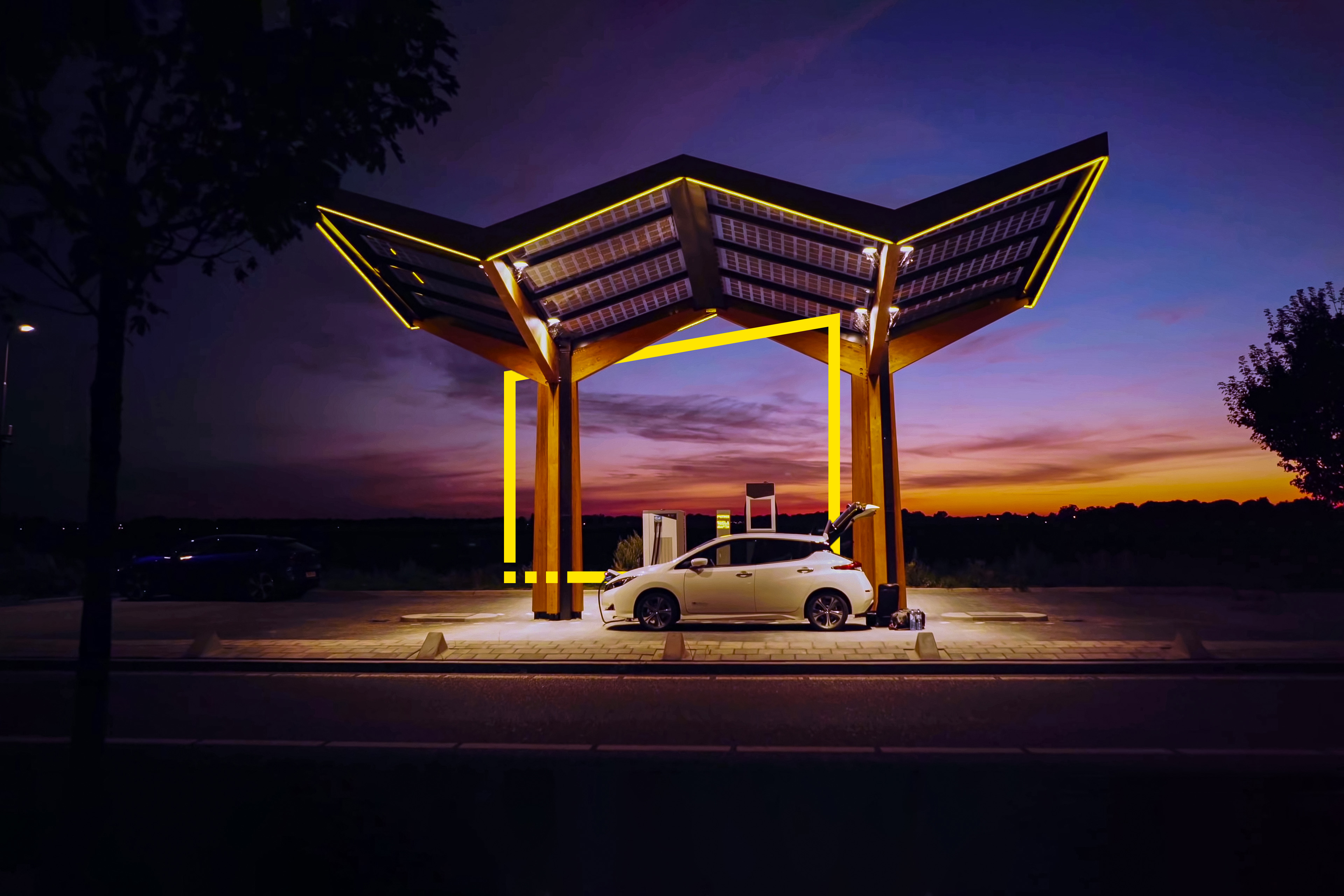EY refers to the global organization, and may refer to one or more, of the member firms of Ernst & Young Global Limited, each of which is a separate legal entity. Ernst & Young Global Limited, a UK company limited by guarantee, does not provide services to clients.

Every company with a commercial fleet will need to develop its own EV charging strategy and contingencies.
In brief
- Companies will need contingency and emergency plans for charging EVs.
- Selection of charging locations affect the number and deployment of chargers.
- A data-driven approach is key.
Thanks to Alok Patil, Manager, eMobility and Zhehao Jin, EY-Parthenon Consultant, Strategy and Transactions for their contributions to this article.
Commercial fleets across the private and public sectors are transitioning from internal combustion engines (ICE) to battery and/or fuel cell electric vehicles (EVs). It is not a question of if, but when the transition will be complete. The end date and interim milestones depend highly not only on “fit for purpose” EVs being available, but even more on easily accessible and sufficient charger availability, within and outside of the perimeters of the business.
While the US government and states are launching ambitious plans to accelerate the installation of public charging, that charging will not satisfy the needs of commercial fleets.
Every company with a commercial fleet will need to develop its own EV fleet charging strategy and contingencies — first, to cover independently internal needs and then to collaborate with other partners or leverage public charging opportunistically. Finally, every company will need an in-depth risk evaluation, risk mitigation and emergency plan to charge vehicles when the grid may be down.
Charging availability can make or break EV fleet operations
Surveying vehicle operators reveals that their biggest anxiety operating an EV is the scarcity or lack of charging availability. As an example, in a 2022 EY-conducted survey of more than 200 National Grid fleet drivers, the top three concerns focused on charging rather than EV capability or suitability. Indicating that a successful transition strategy needs to address the charging plan.
Chapter 1
A major departure
EV charging is a big change from current fueling behavior.
In most ICE fleets, fueling takes place at public locations (gas stations) or fuel depots. With an EV fleet, charging options can change drastically. This is especially true if the fleet has multiple uses and variable routes. ICE fueling by nature is as-needed or opportunistic. EV charging can be cheapest and most effective when it’s done regularly and in a planned manner.
Chapter 2
EV Charging strategy
Outlining what, where and when EV charging must be made available.
Therese Sullivan, Director, Operations Support, National Grid, says, “A charging strategy starts with an understanding of all potential future charging locations, including on-site, mobile, fast-charging hubs, home and public. Planning a charging location requires a detailed understanding of internal factors such as fleet operational patterns and preferences as well as external factors such as availability of public charging in the market.”
Each potential charging location requires well-defined supporting policies, business processes, technologies and systems. For example, to charge at public locations companies will need a simple and easy way of defining payment and reimbursement processes for operators. For home charging, companies will need to have a well-defined home policy for charger installation, service and reimbursement of electricity costs. These solutions require evaluation of various alternatives and implications (free chargers vs. employees pay for charger and installation, what and how the reimbursement will be done, supporting technology, etc.).
Furthermore, a successful strategy, and especially its implementation, requires additional enablers, such as an operating model, organizational design, revised governance and key performance indicators (KPIs), and a change management plan.
The selection of a charging location influences overall charger numbers and charger levels needed to be installed. For example, enabling home charging may reduce the need for on-site charging and could lower on-site charging load. Similarly, enabling public charging can reduce the need for fast-charging hubs drastically if operational needs allow it.
The common practice is to plan chargers based on a rule of thumb. Ratios such as one charger port per vehicle and one DC fast-charging port per 25 vehicles are commonly cited without much analysis.
An EY survey of 29 commercial fleets from six different industries conducted in early 2022 shows a ratio of less than one charger per port could be operationally sufficient. Similarly, a higher vehicle to DC fast-charging ratio could be desirable for fleets with high reliability requirements. Several scenarios with different combinations of charging locations to calculate charger level and numbers by location can be evaluated.
Chapter 3
Modeling outputs
For clarity and stakeholder consensus, modeling outputs should be simple and easy to visualize.
Common charging planning pitfalls to be avoided
One-off installations
Most commercial fleets start their electrification journey with a fleet suitability assessment. Fleet suitability then leads to a vehicle replacement strategy. This process leads to one-off charger installations. Long term, this approach increases costs by causing multiple site disruptions and permitting. Planning long term avoids these shortcomings.
Reliance on public charging
Commercial fleets have a high reliability requirement. They also perform emergency or storm duties. In such situations, relying heavily on public charging infrastructure can be a mistake.
Lack of change management
Fleet operator experience, especially in the early phase, can make or break an EV transition. As discussed before, EV transition requires changes to operations and driver behavior. A detailed change management plan is critical to success. An ideal change management plan should include training and communication components. It should also provide vehicle operators a proper forum to ask questions and provide feedback.
A flexible and data-driven approach to planning is key
As commercial fleets scale their EV transition, a data-driven approach is key. An implementation process outline would provide opportunities to continually assess and incorporate user feedback and charger usage data. Using this process, re-evaluating planning assumptions would be done annually.
Successful planning and execution require collaboration and governance
“A successful charging strategy needs inputs and collaboration from multiple stakeholders within the company. It is critical that these stakeholders are aligned around common objectives, clearly defined roles and responsibilities, and a set of metrics that drive the right behaviors,” says Sullivan.
Chapter 4
Stakeholders and planning
Metrics need to be considered for collaboration and intervention into planning and implementation.
Stakeholders and their inputs
The organizational design may need to be re-evaluated to help ensure that the new roles that will be required for ongoing strategy re-evaluation and implementation are put in place. For example, new roles that may need to be defined to strengthen strategy, implementation and execution include change management specialists, site planning/project management specialists, systems and reporting analysts, and charger and maintenance technicians.
Risk identification and mitigation planning need to start early
A full-scale charging strategy is new to most organizations. At each step, there are risks that span from technology, lack of electric capacity at sites and long interconnection times to a lack of trained installers. Identifying key challenges and having a mitigation plan can help avoid delays and cost overages.
Select risks and mitigation strategies
Total cost of infrastructure and installations
Conduct site-by-site studies to understand investments.
Charger supply interruption
- Build supply chain redundancy by onboarding new suppliers and engaging with backup suppliers.
- Engage procurement early. Pre-purchase materisla in advance and standardize equipment.
Delayed charger installation due to insufficient power capacity at sites
- Plan and install chargers at sites that have sufficient electrical capacity to accommodate the incremental charging load.
- Make budgetary provision and deploy temporary charging solutions or on-site energy generation systems in the interim.
- Use software-based solutions to ensure that the charging load remains under the maximum permissible limits.
Length of time to get new service from electric utilities
Plan in advance and submit requests promptly.
Fleet downtime due to charger malfuntion
- Deploy a centralized system to monitor chargers and report breakdowns.
- Ensure on-site spares availability for parts with high breakdown frequency.
- Build reasonable charger redundancy to cover for malfunction.
- Review charger uptime and downtime statistics for each vendor.
Ongoing charger performance can be evaluated to help ensure that near real-time or real-time information is collected and acted on to drive performance optimization and immediate intervention if maintenance and repair are needed.
Summary
With new regulations, charger supply challenges, evolving EV charging strategies and talent shortages, multiple risks are emerging and charging planning needs to remain flexible, yet disciplined and data-driven. Fleet, operations, facilities and procurement must continuously collaborate to stay abreast of new developments, respond thoughtfully and implement changes rapidly. Real-time monitoring can help ensure timely actions are taken.
Related articles
What utilities can do to secure the eMobility future — and their own
With investment in electric vehicle infrastructure, utilities could earn billions in additional revenue and prepare for the industry’s future. Learn more.
Strategies for transitioning internal fleets to zero-emission vehicles
Zero-emission vehicle transformations are complex, interconnected transitions with long-reaching impacts. Learn strategies for transitioning your internal fleet.
As eMobility accelerates, can utilities move EVs into the fast lane?
As eMobility accelerates faster than ever envisaged, we must design and invest in future capabilities to keep EVs on the road. Find out more.
How EY can help
-
Discover how EY's NextWave platform can help transform how your company manages, integrates & leverages data from IoT devices to improve performance.
Read more






